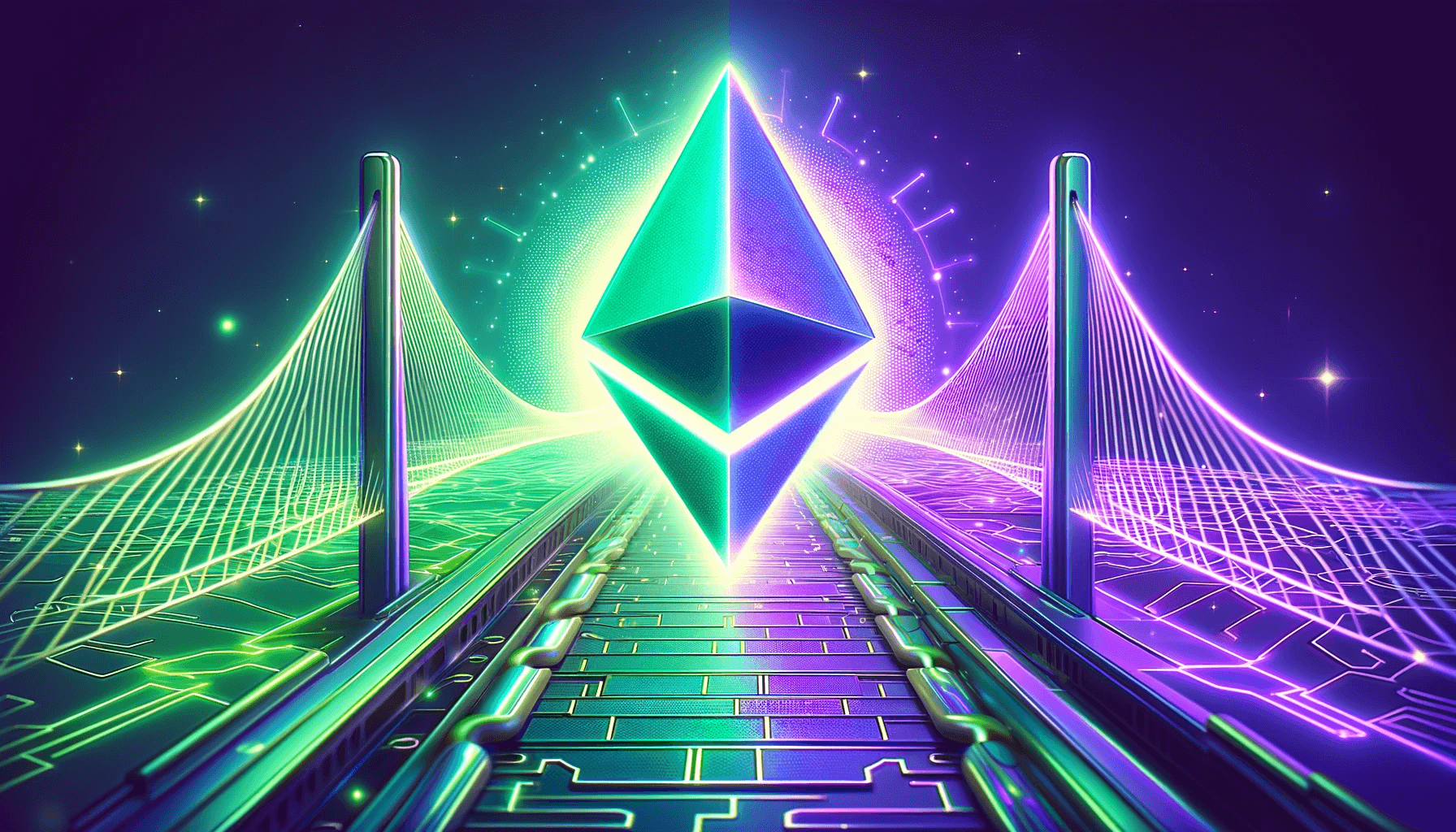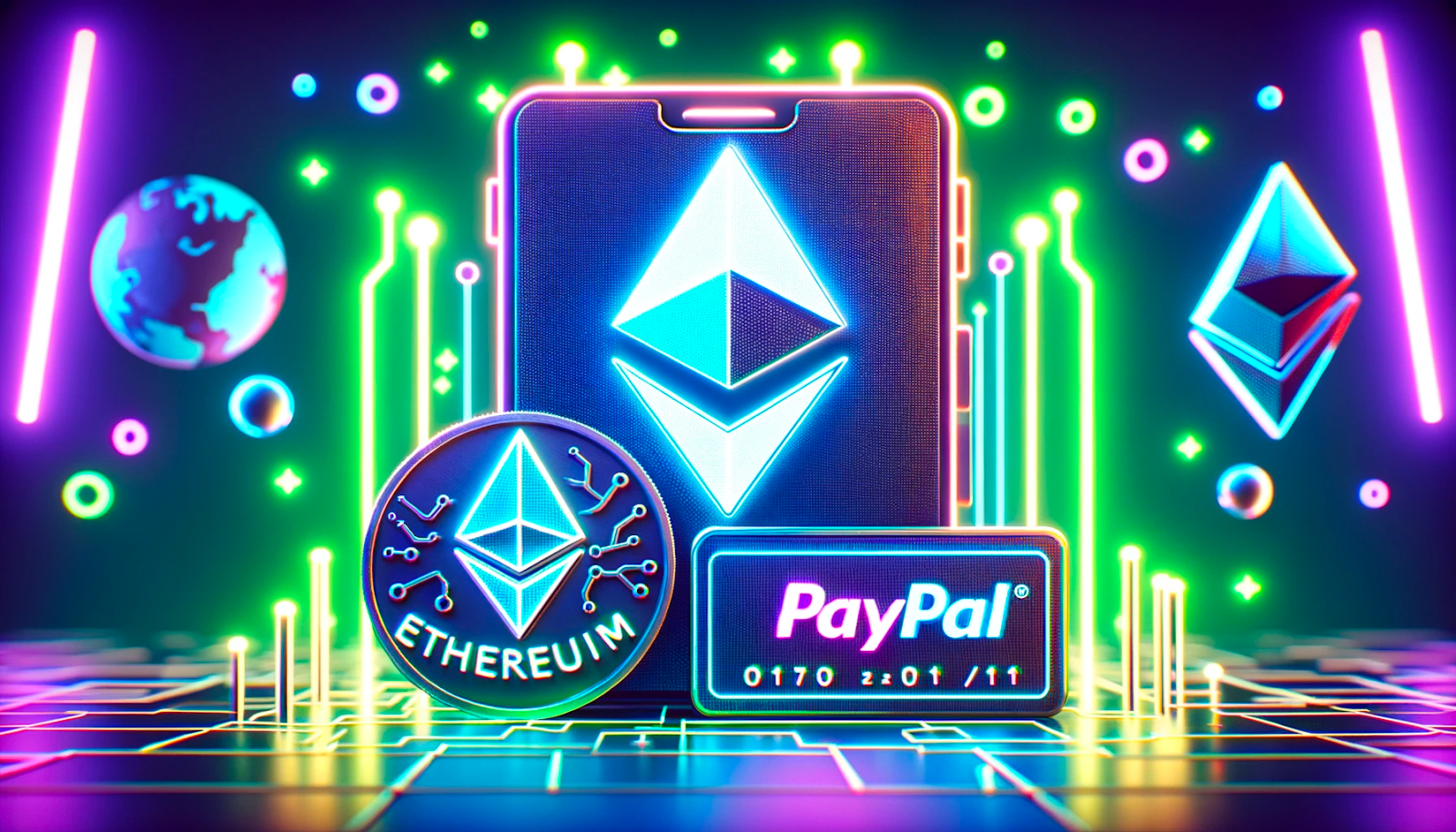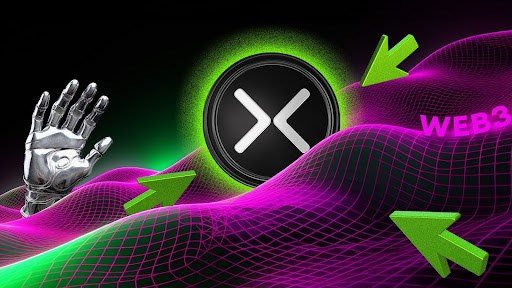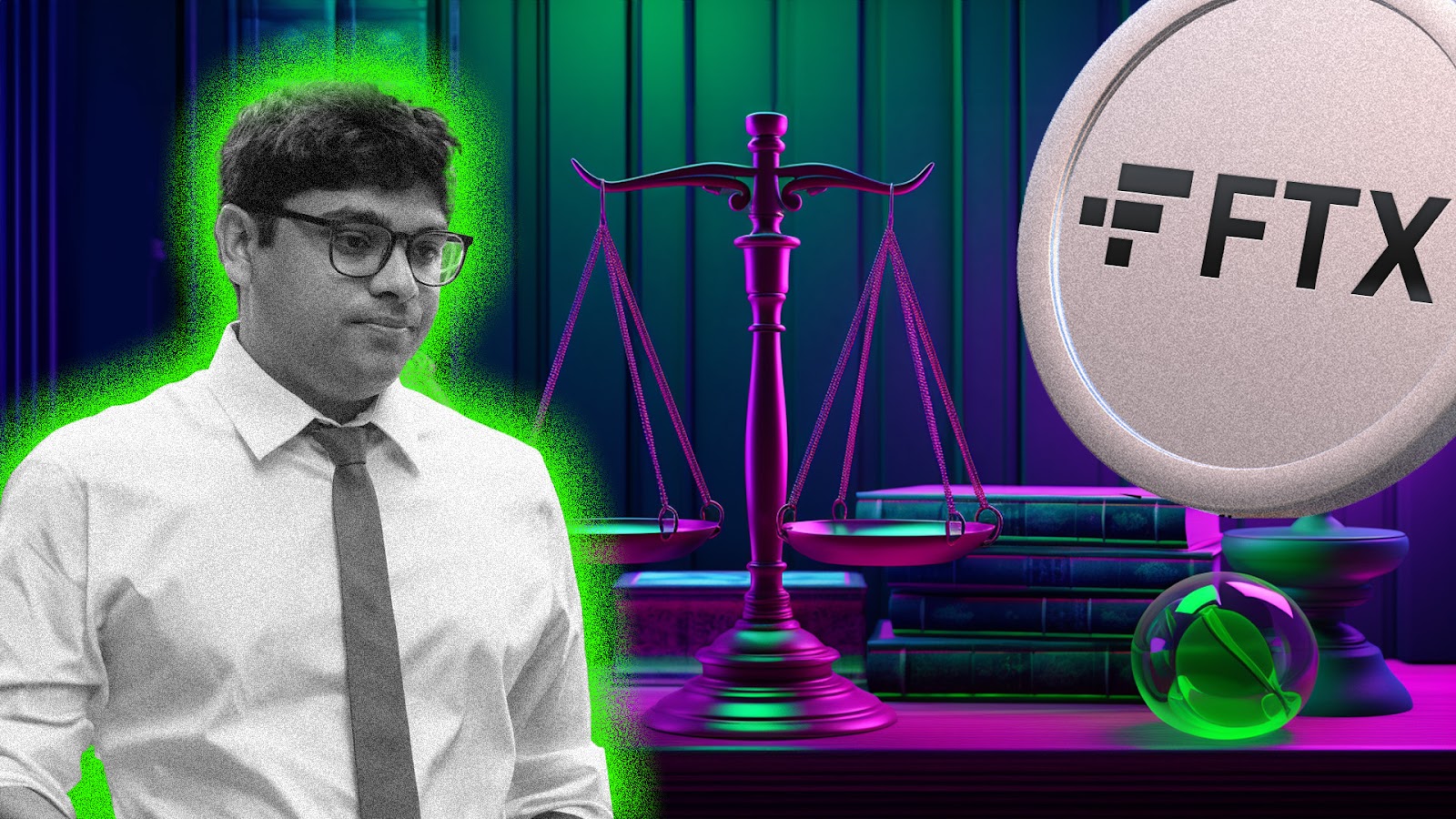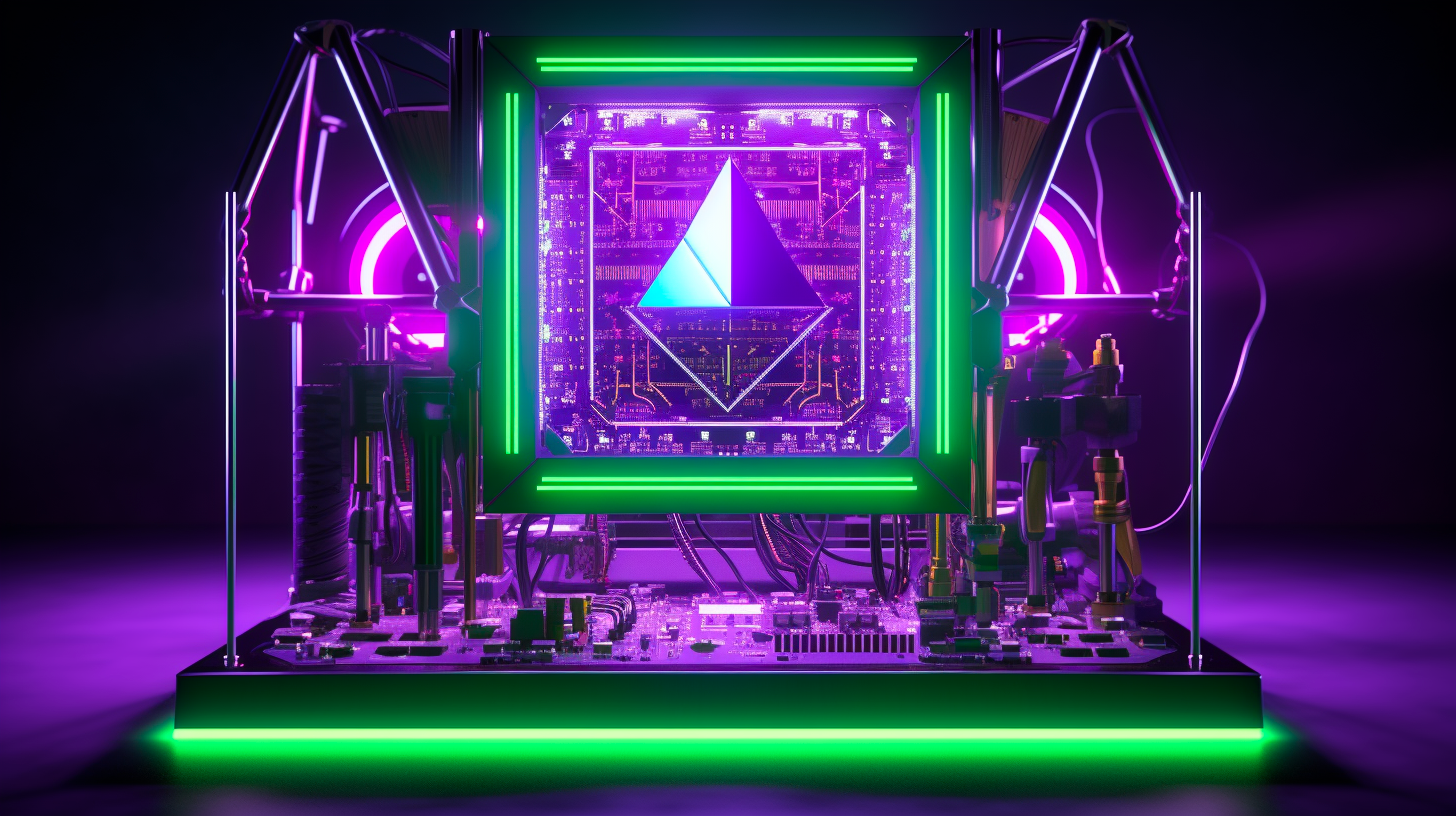
For the Ethereum miner prospects out there, it’s likely that you’re wanting to join an Ethereum mining pool in order to maximise your profits.
For context, Ethereum mining pools are groups of miners that come together in order to increase their collective chance of mining an Ethereum block.
With many Ethereum mining pools on the market, this article explores the fees and support offered by four of the industry’s leading projects. In turn, this should help distinguish which is the best pool for each individual Ethereum miner.
What are Ethereum Miner Pools?
First of all, you’ll need an Ethereum GPU mining rig and an Ethereum crypto wallet in order to mine Ethereum. As is the premise of this article, you also have to join a mining pool.
In essence, Ethereum miner pools operate as an Ethereum miner collective who’ve banded together in order to increase the likelihood of mining an Ethereum block. Once a block is found by the pool and they carry out the block generation, the rewards are split between participants in direct relation to the mining power each contributed.
In comparison to solo mining, Ethereum miner pools offer a steadier stream of income, as through being a member, the chances of actually being required to mine a block increase drastically. Although a lot more unlikely, solo mining ventures offer larger rewards.
Choosing an Ethereum Miner Pool
When choosing an Ethereum mining pool to join, there are several factors you need to consider. These include:
Pool size - Often, the larger the pool, the more chances of finding a block. However with more participants, payouts will be smaller.
Fees - How much does the pool in question charge through its management fees? Typically, such figures should fall in the 1%-3% range.
Ethereum Uncle Blocks
Before moving into the intricacies of Ethereum mining, it’s first important to preface what Ethereum uncle blocks are.
Uncle blocks are essentially validly-mined blocks that did not become part of the Ethereum blockchain because another block was accepted.
Caused by time lags, Ethereum uncle blocks are akin to orphan blocks on Bitcoin (BTC), however rewards for mining these types of blocks are only offered in the Ethereum miner ecosystem.
Ethereum Miner Pay-Outs
Ethereum Miner pay-outs are often distributed via the following structures:
Pay-Per-Share (PPS)
PPS (Pay-Per-Share) is determined by dividing your individual mining power by the cumulative mining power of the entire global network.
This calculation provides the pool with an approximation of the proportion of total work each member contributed. Subsequently, the pool uses a straightforward mathematical computation to estimate each member’s daily reward, ensuring a consistent income stream.
Unlike other methods, PPS does not factor-in transaction fees and some uncle rewards in its payouts - and while it guarantees a stable income, it typically involves higher pool fees.
The PPS fee structure is designed to offset the pool's risk in providing continuous payments, regardless of whether a block is successfully mined.
Pay-Per-Last N Shares (PPLNS)
In the PPLNS (Pay-Per-Last N Shares) payment model, miners receive compensation solely for the shares acquired during a predefined ‘window’ - which conclude with the successful solving of a block.
Unlike alternative payment structures, shares obtained outside this window are not eligible for rewards. This window can be defined either as a time frame (although uncommon), or by a specified number (N), representing the last shares received leading up to block resolution.
Consequently, PPLNS is also referred to as Pay-Per-Luck Shares. Unlike PPS, this approach mandates that the mining pool discovers a block before miners receive payment. Additionally, PPLNS miners may also receive higher rewards if they accumulated more shares within the last N shares, or no reward at all if they did not.
And finally, transaction fees and uncle rewards are included in the payouts for miners involved in PPLNS.
PPS and PPLNS Combined (PPS+)
The PPS+ payment method can be seen as a mix between PPS and PPLNS.
However in contrast to the PPS model - which exclusively grants miners block rewards and disregards transaction fees - PPS+ provides miners with bonuses and allocates all available rewards, encompassing both block rewards and transaction fees.
The Best Ethereum Miner Pools
Ethermine
Ethermine is the most popular Ethereum mining pool, as it allows for anonymous mining with real time PPLNS payouts (where the pool offers instant payouts as soon as the payout threshold has been met (minimum 0.05 ETH)).
When it comes to fees, Ethermine has a 1% structure, whilst its vast interoperability means that you can also mine Ethereum Classic, Zcash, Beam, Ravencoin and Ycash.
F2Pool
Established in April 2013 with a primary focus on mining Bitcoin and Litecoin, F2Pool stands as one of the longest-standing Ethereum mining pools.
Employing both PPS and PPS+ payment schemes, the pool operates with a 2% fee and sets a payment threshold of 0.1 ETH.
Despite having slightly higher fees compared to most other pools, F2Pool distinguishes itself by having a user-friendly-focused approach, providing consumers with the ability to track their accounts through a dedicated mobile app available on both Android and iOS.
And in bettering Ethermine, F2Pool supports mining for 40+ other cryptocurrencies.
Sparkpool
Formerly ETHfans, Sparkpool is currently the third-biggest Ethereum mining pool on the market.
In adopting a PPLNS payout system, the pool has a minimum payout of 0.1 ETH and a fee structure of 1%.
Nanopool
Nanopool adopts a PPLNS payment system with a fee policy of 1%.
In contributing to its popularity, the pool pays out several times a day, with the maximum payout being 0.2 ETH.
In addition to Ethereum, you can also mine Monero, Zcash, Ethereum Classic, and more as part of Nanopool.
The Best ETH Mining Pools (For Ethereum Miner Prospects) - Conclusion
Without a question, those who are serious about mining Ethereum should do so via Ethereum mining pools.
When opting for your optimal pool, the likes of Ethermine, F2Pool, Sparkpool, and Nanopool stand as proficient choices, however there are plenty of other options on the market.
Here, it’s simply a matter of your fee and payout preferences, as well as the size of each respective pool.
The Best ETH Mining Pools (For Ethereum Miner Prospects) - FAQ
Is Mining Ethereum Profitable?
Ethereum mining can most certainly be profitable, especially if you possess the necessary hardware and have access to cost-effective electricity.
However, if these conditions are not met, it may be a better investment strategy to simply purchase Ethereum and hold onto it (the bull market may be coming).
Before embarking on Ethereum mining, it’s also advised to assess your anticipated profitability by utilising an Ethereum mining calculator.
How much Ethereum can I mine per day?
Unlike other cryptocurrencies such as Bitcoin, there is no limit to the amount of Ethereum that can be generated.
In turn, around 13,500 ETH is mined each day.
Can I mine Ethereum for free?
Ethereum cloud mining can either be free or paid, as you can hire the mining devices at a certain cost that can be billed once, monthly, or yearly in the paid plan.
On the other hand, you don't have to pay any money to access the mining services in a free plan.
Is it easier to mine Bitcoin or Ethereum?
Bitcoin employs the SHA-256 algorithm, whereas Ethereum utilises the Ethash algorithm.
The key distinction here lies in the memory requirements of each respective algorithm, as whilst Ethash is memory-intensive - therefore demanding more memory from Ethereum miners - the SHA-256 algorithm used by Bitcoin isn’t memory-intensive.
Ultimately, this implies that Ethereum miners need a higher amount of memory compared to Bitcoin miners.
How do Ethereum miners get paid?
Ethereum miner participants receive fixed rewards based on the amount of blocks they successfully mine, in addition to any transaction fees paid by users.
While transaction fees traditionally constitute a minor portion of the total revenue, the surge in decentralised finance activities in 2020 played a pivotal role in altering this dynamic for Ethereum.
Want More Cutting-Edge Crypto News?
Follow Us: X TikTok Instagram Telegram LinkedIn
Sign up to our newsletter at the bottom of the page
Check Out Our Top 10 Crypto Currencies of 2023
This article is intended for educational purposes and is not financial advice.


